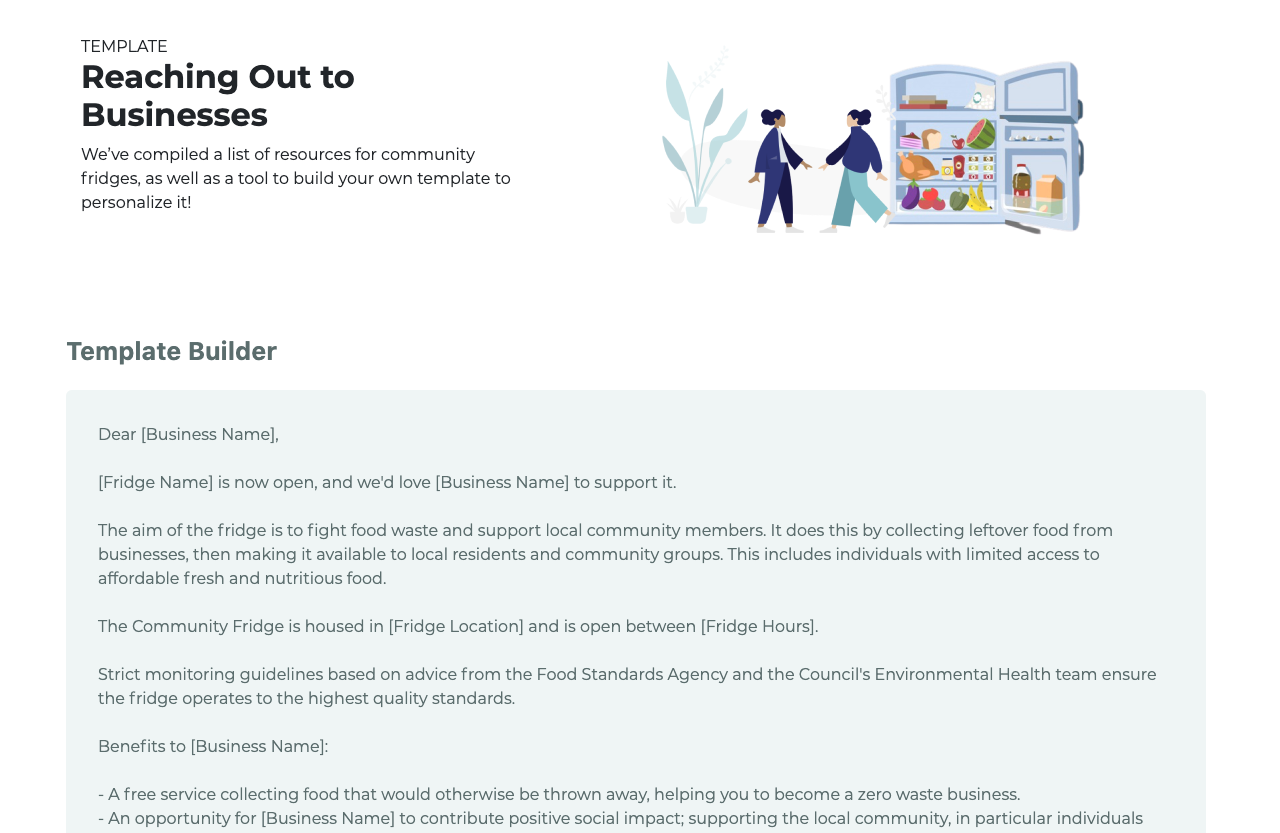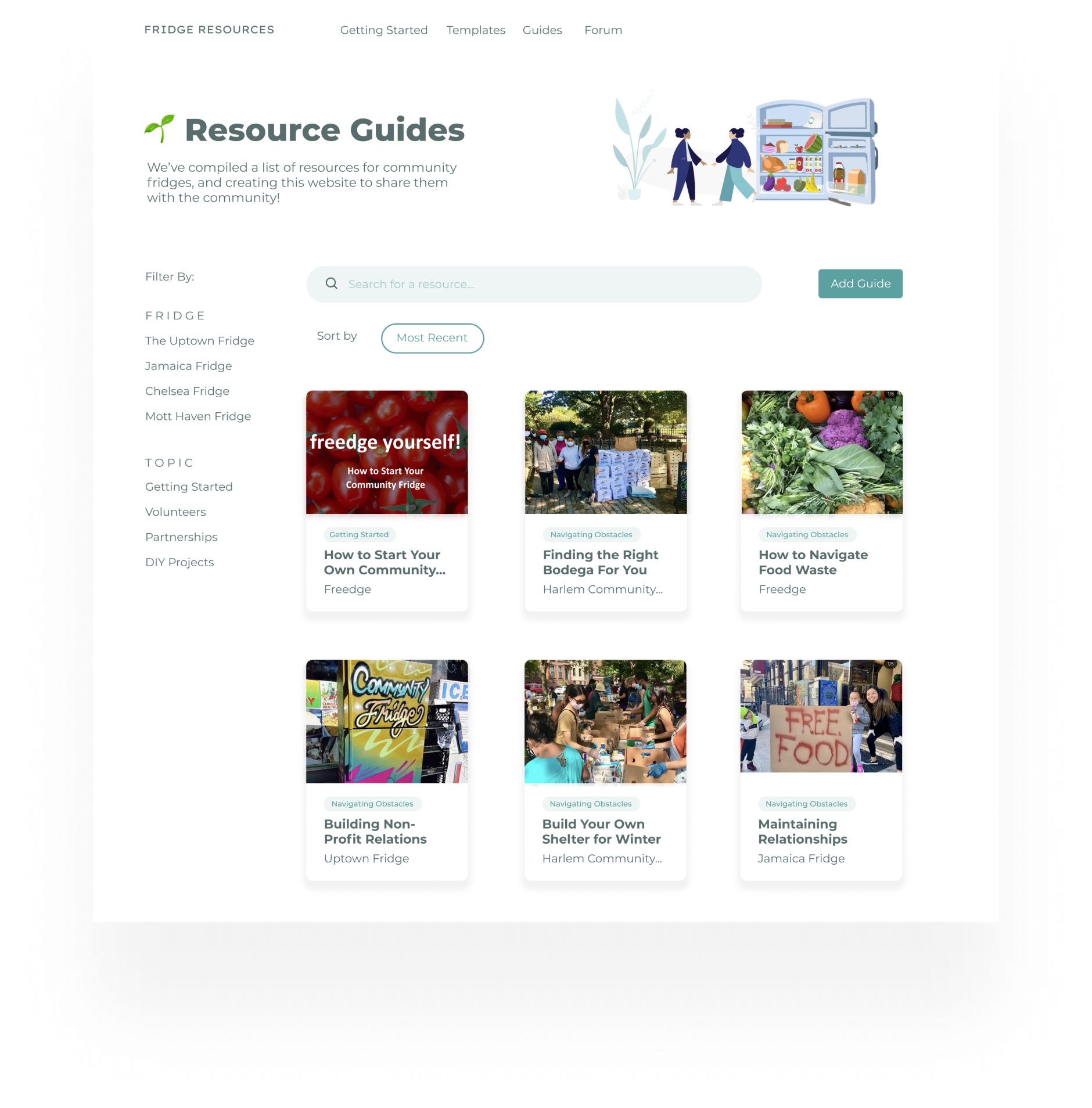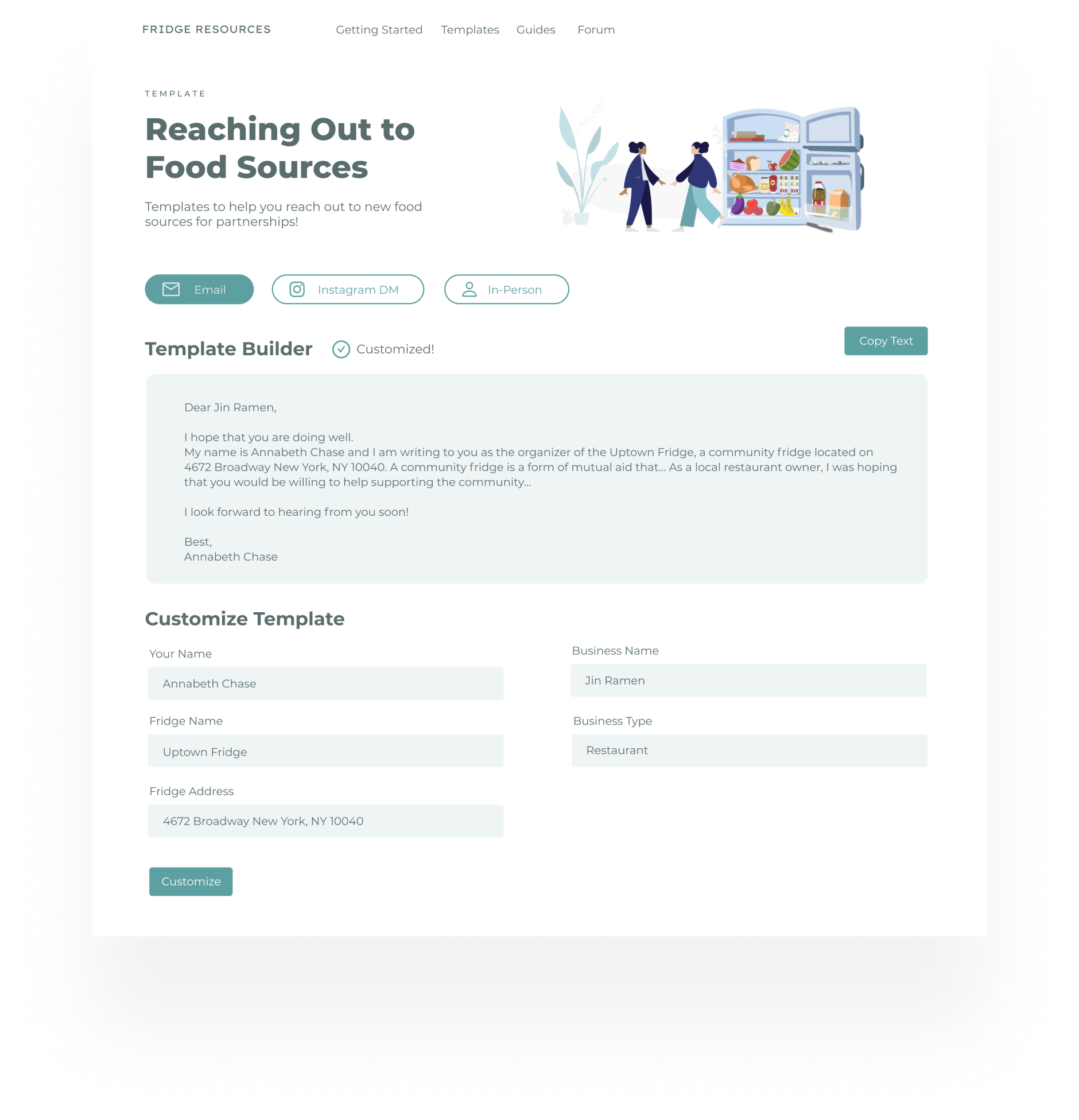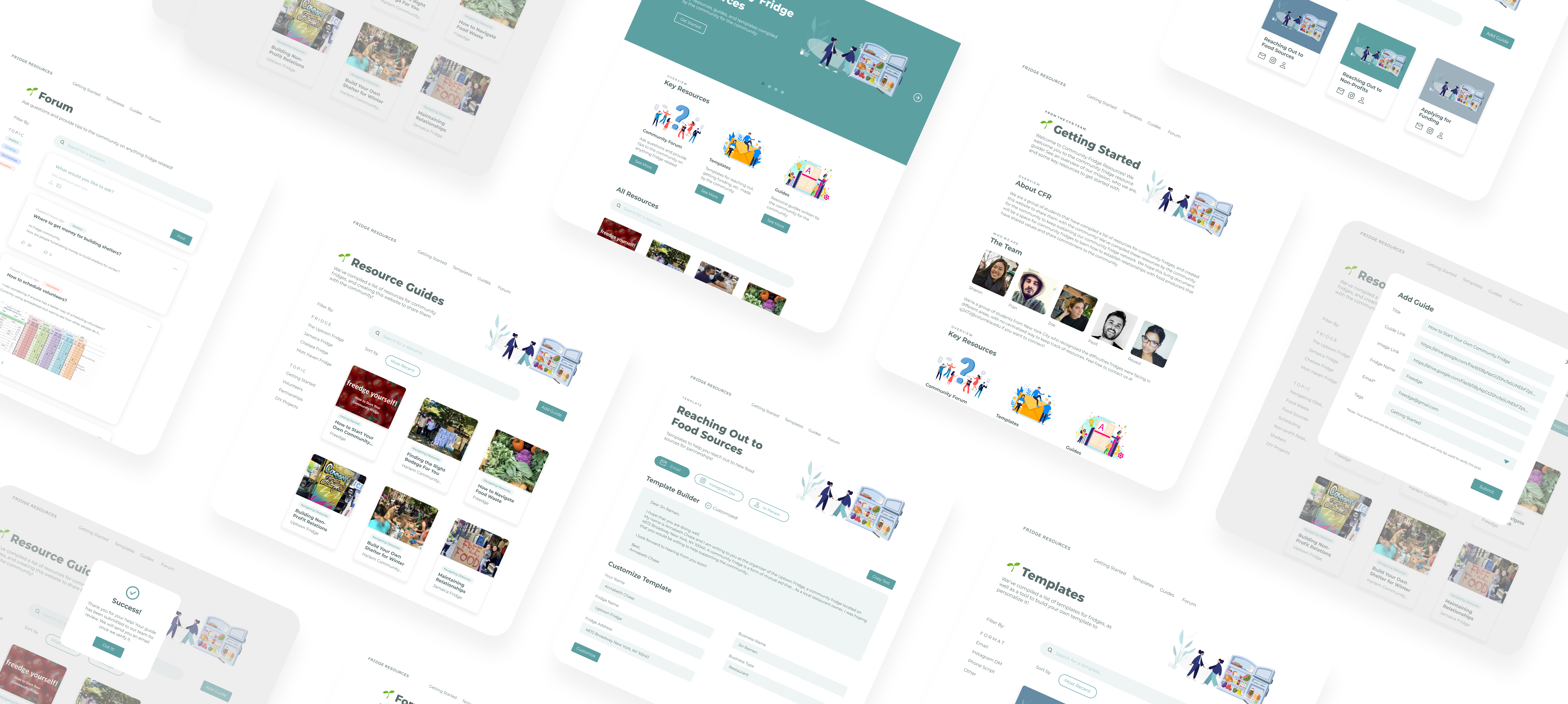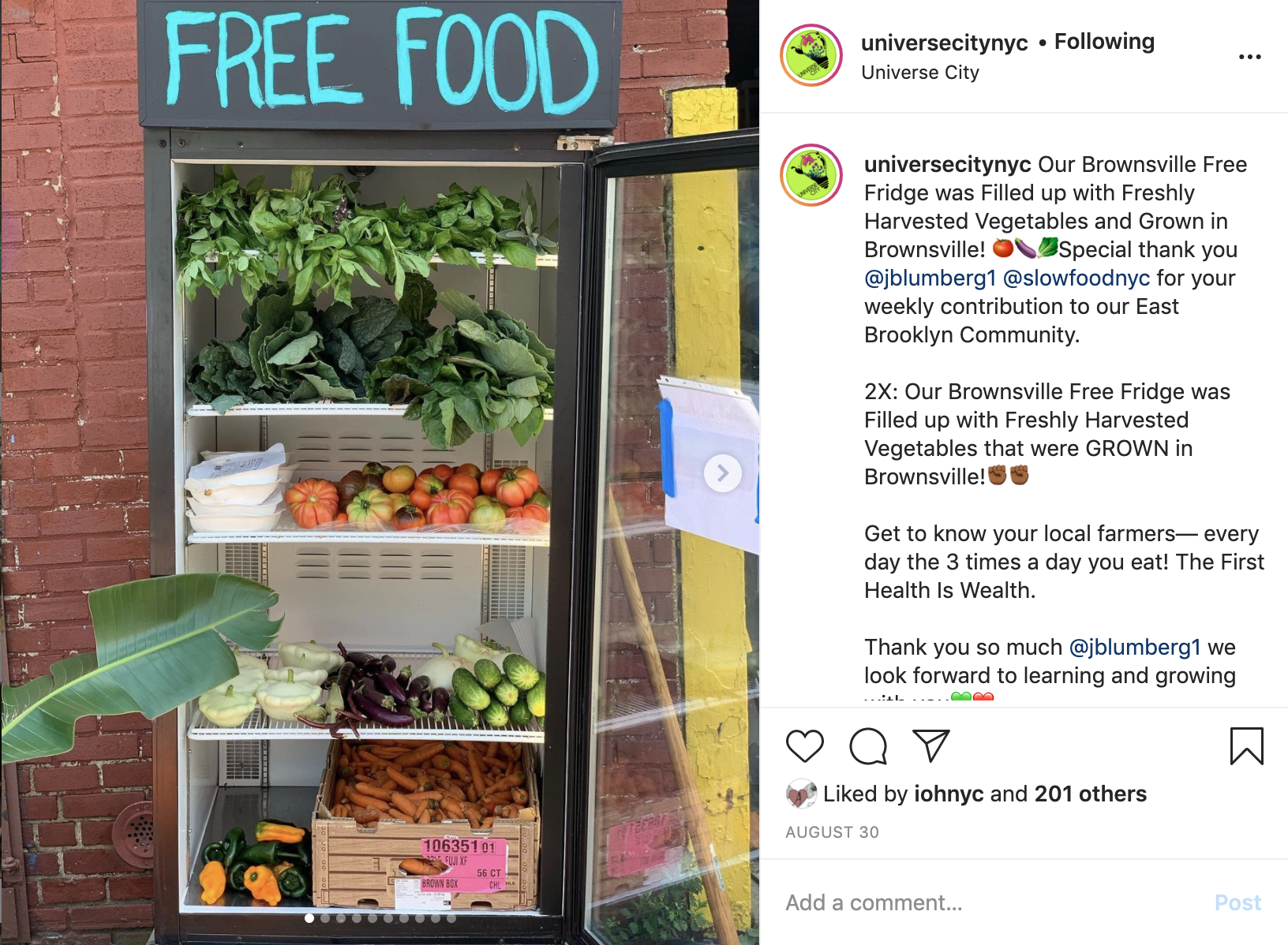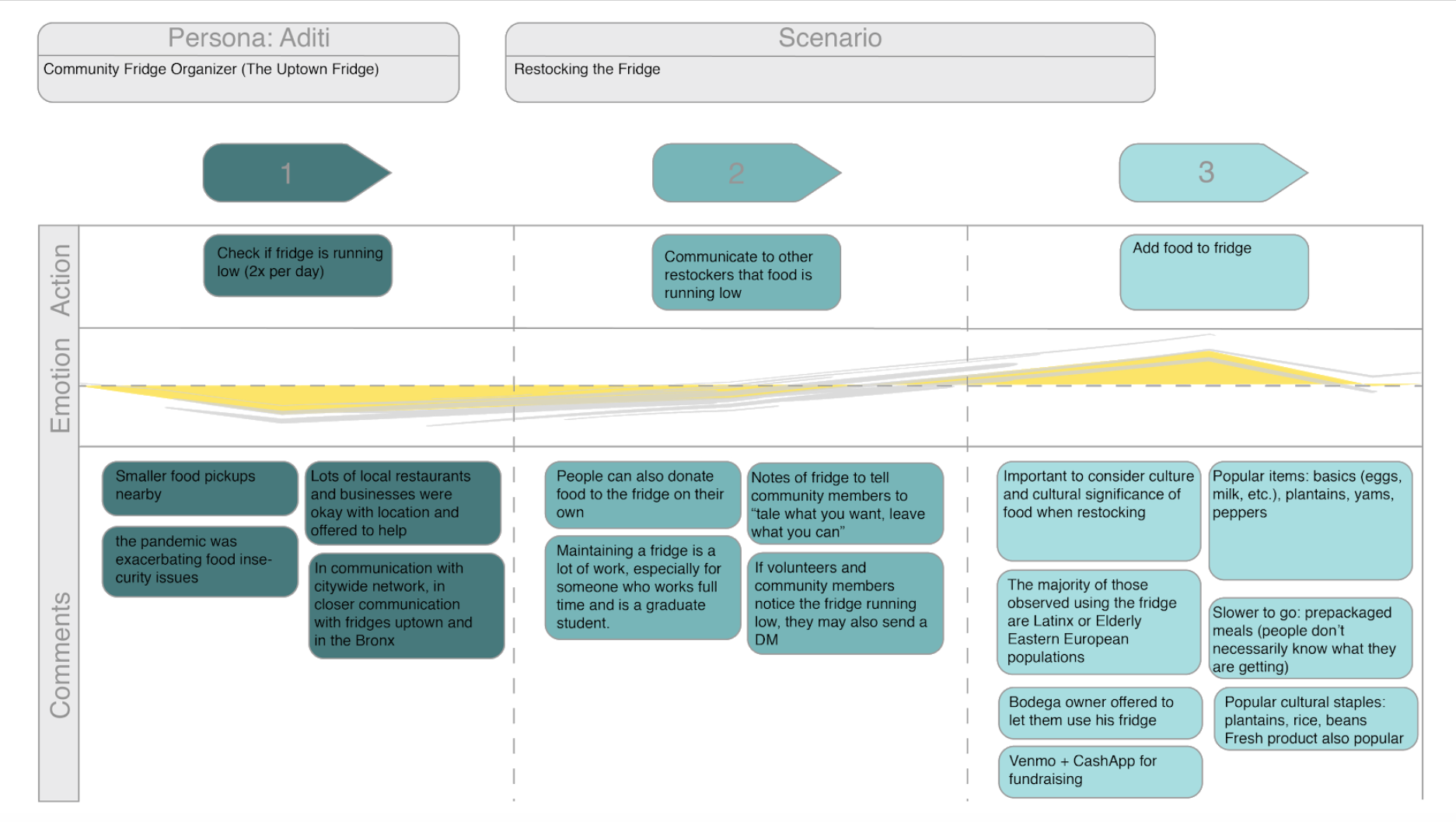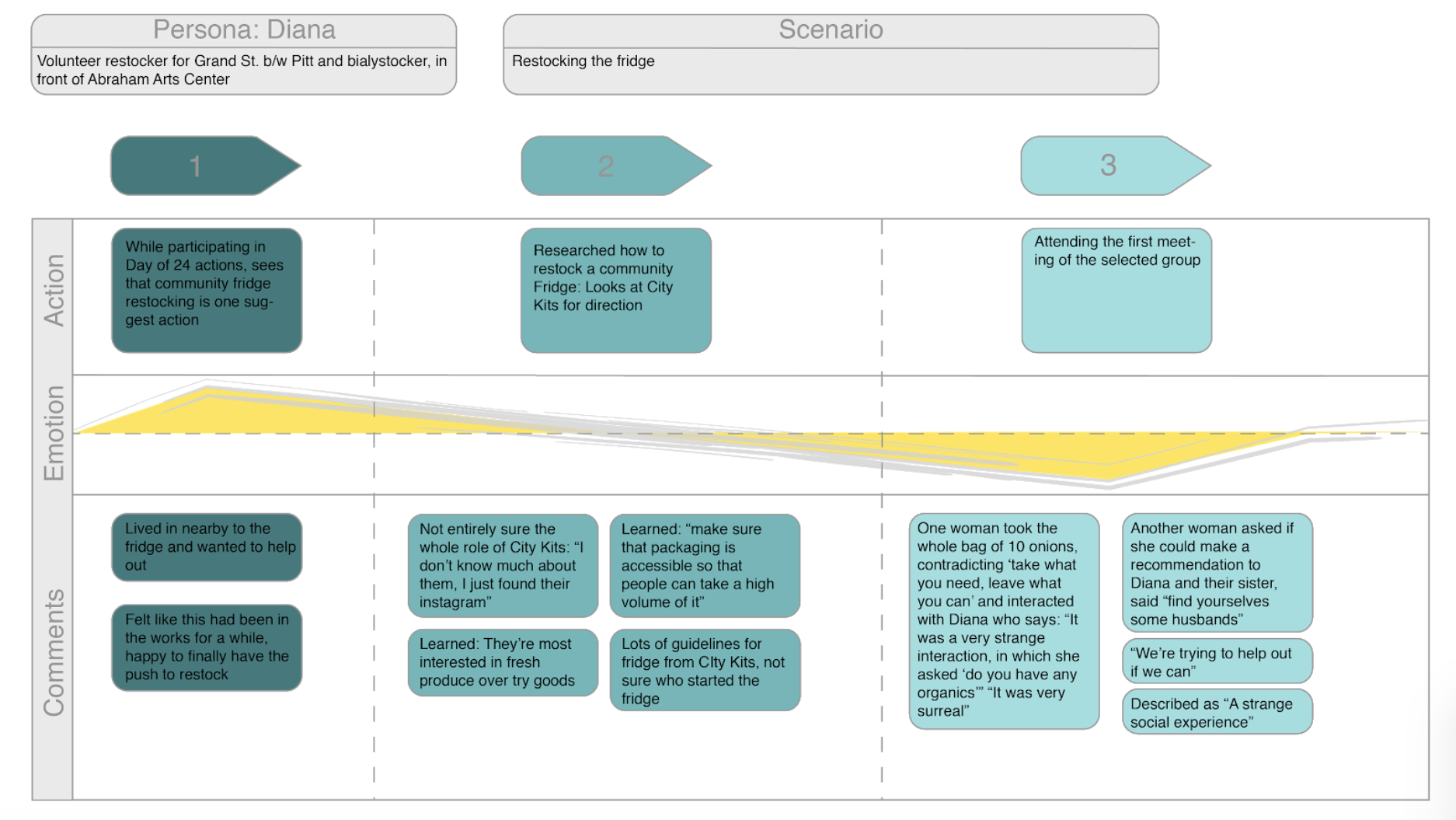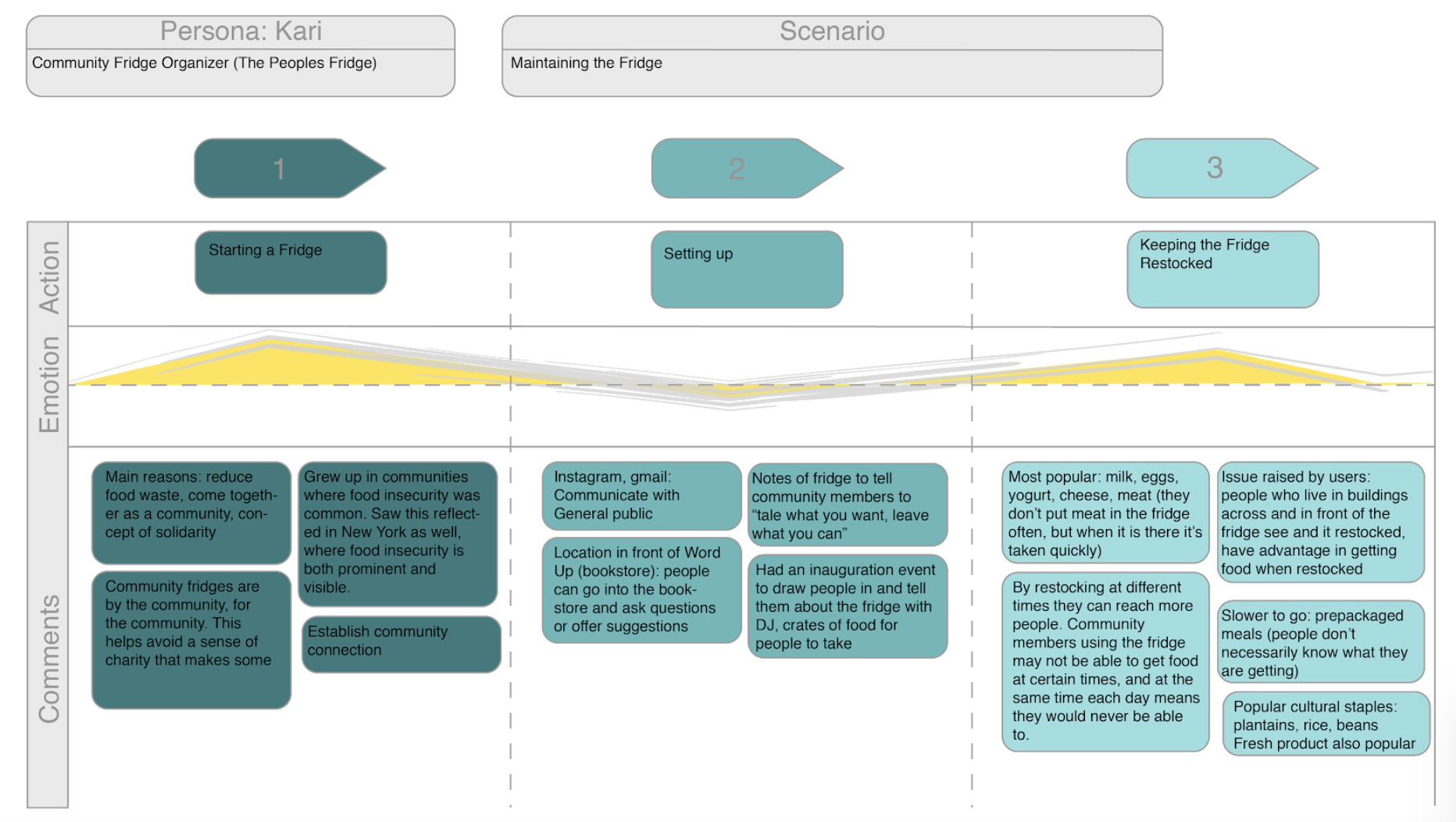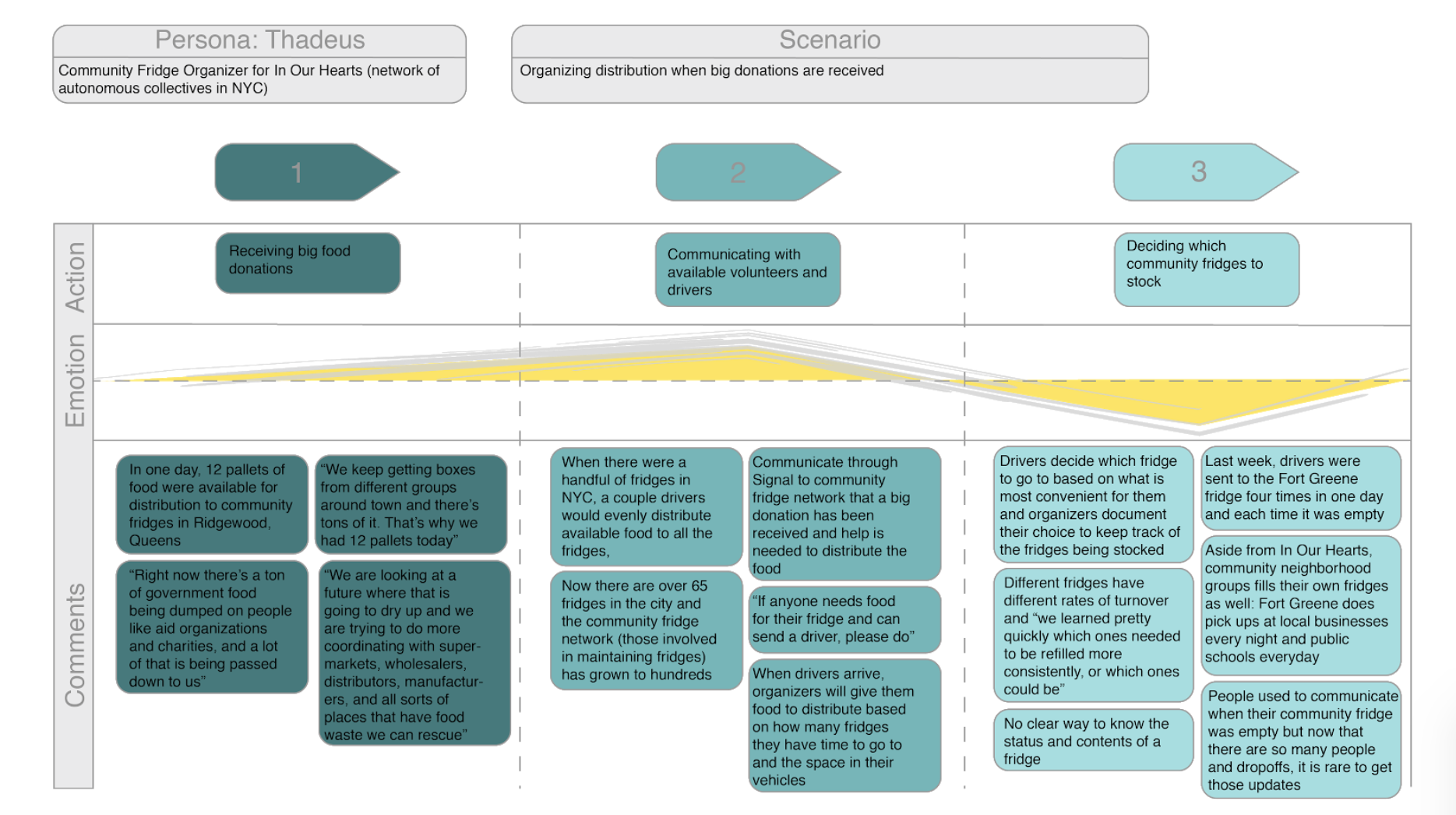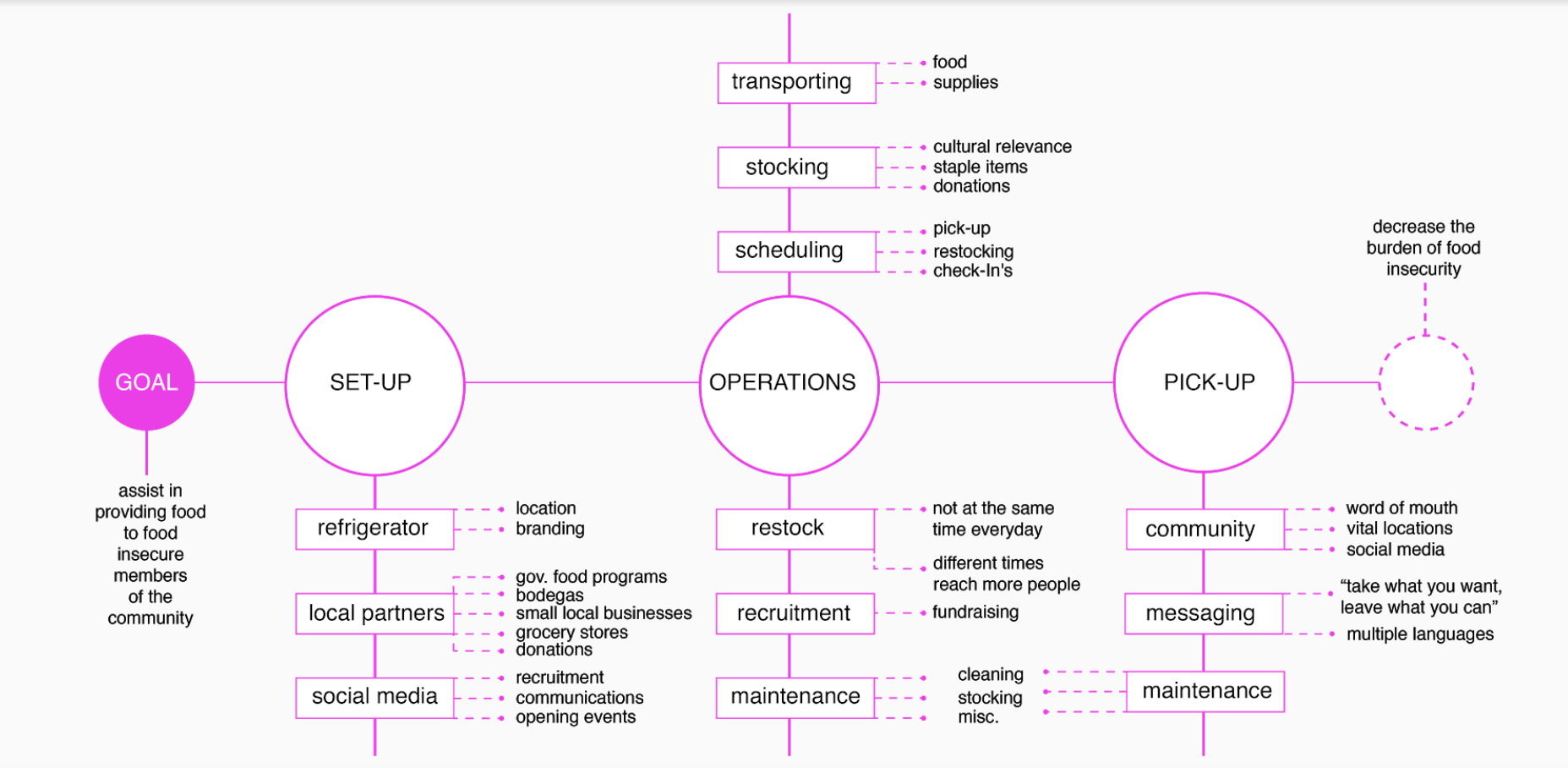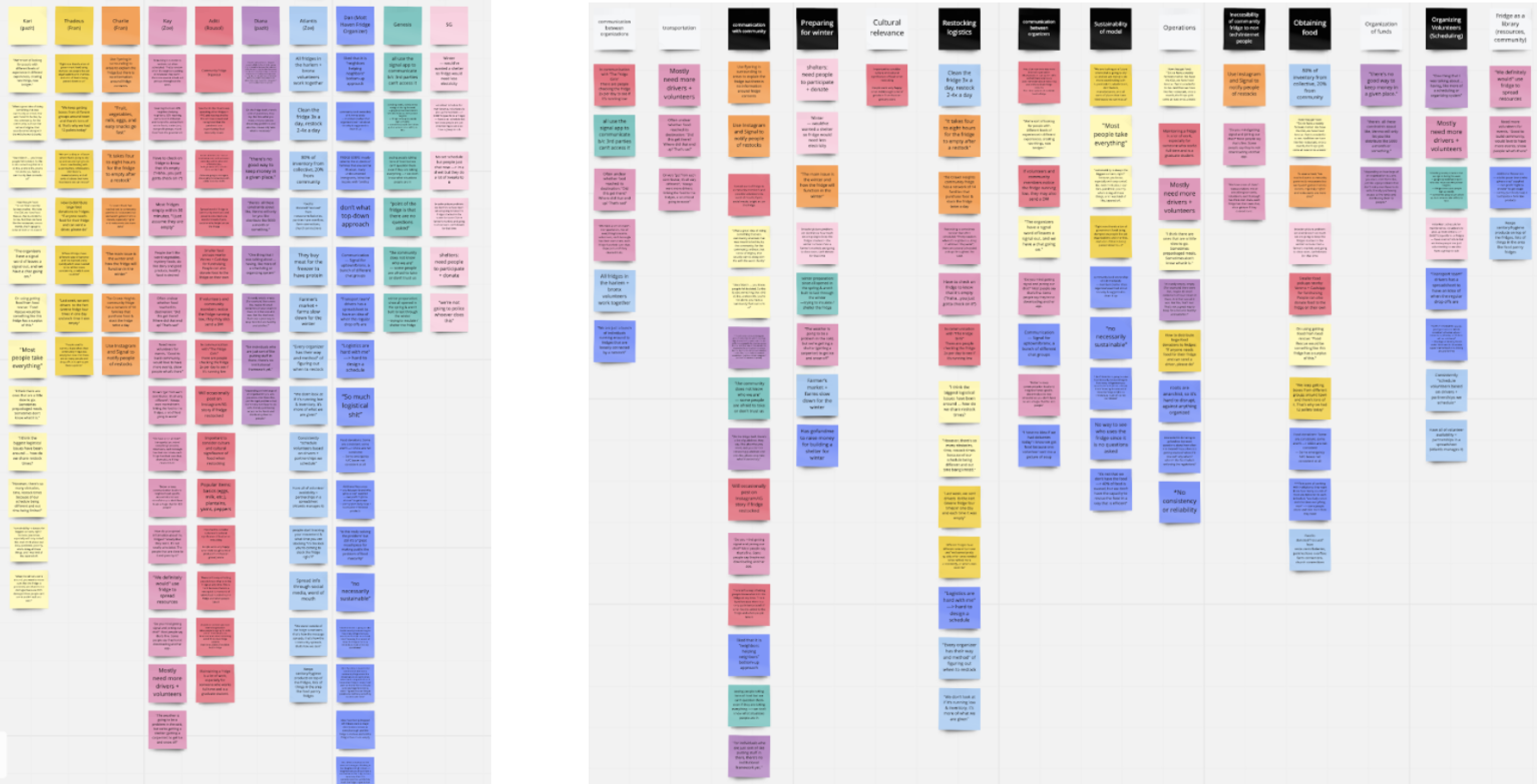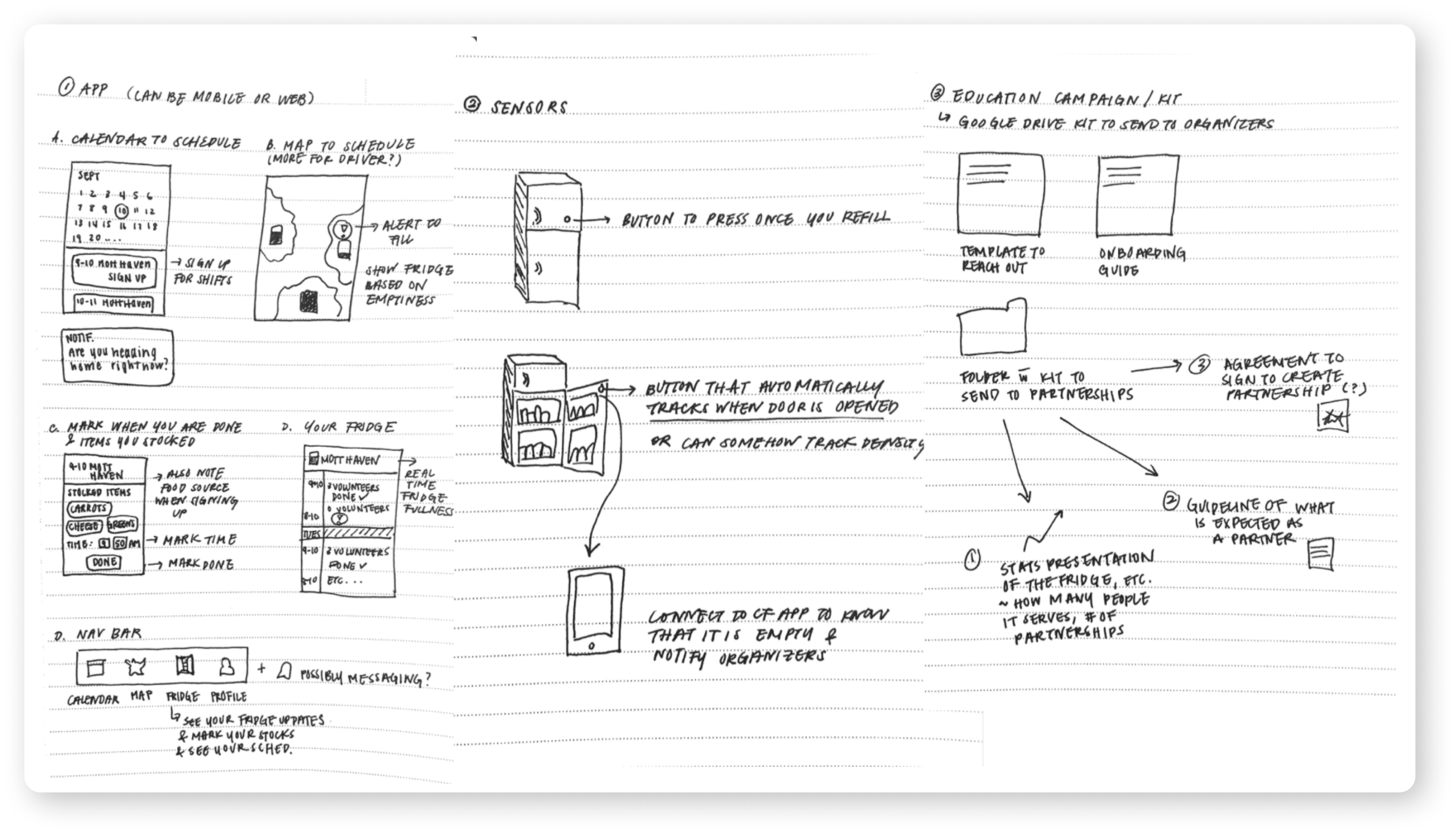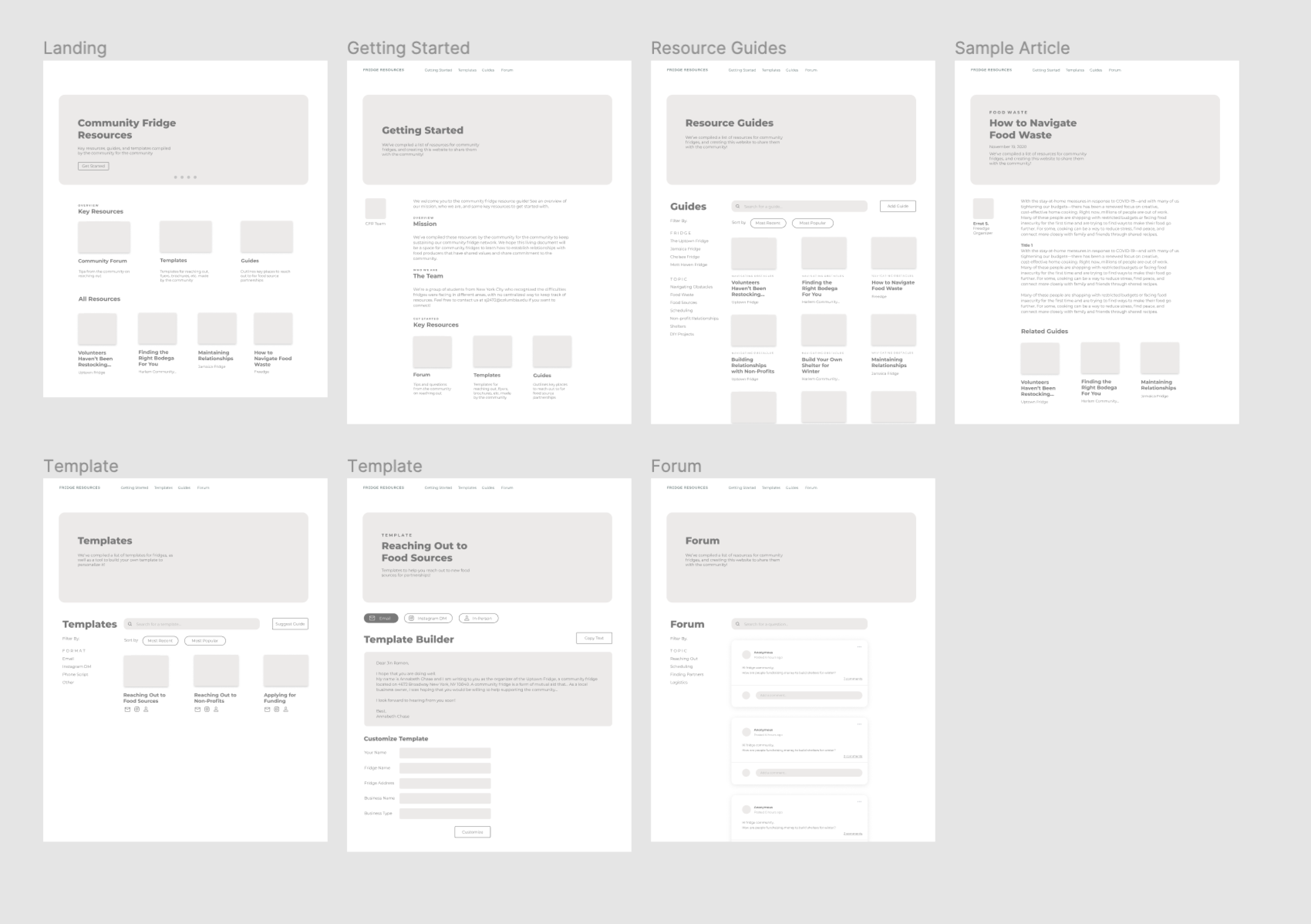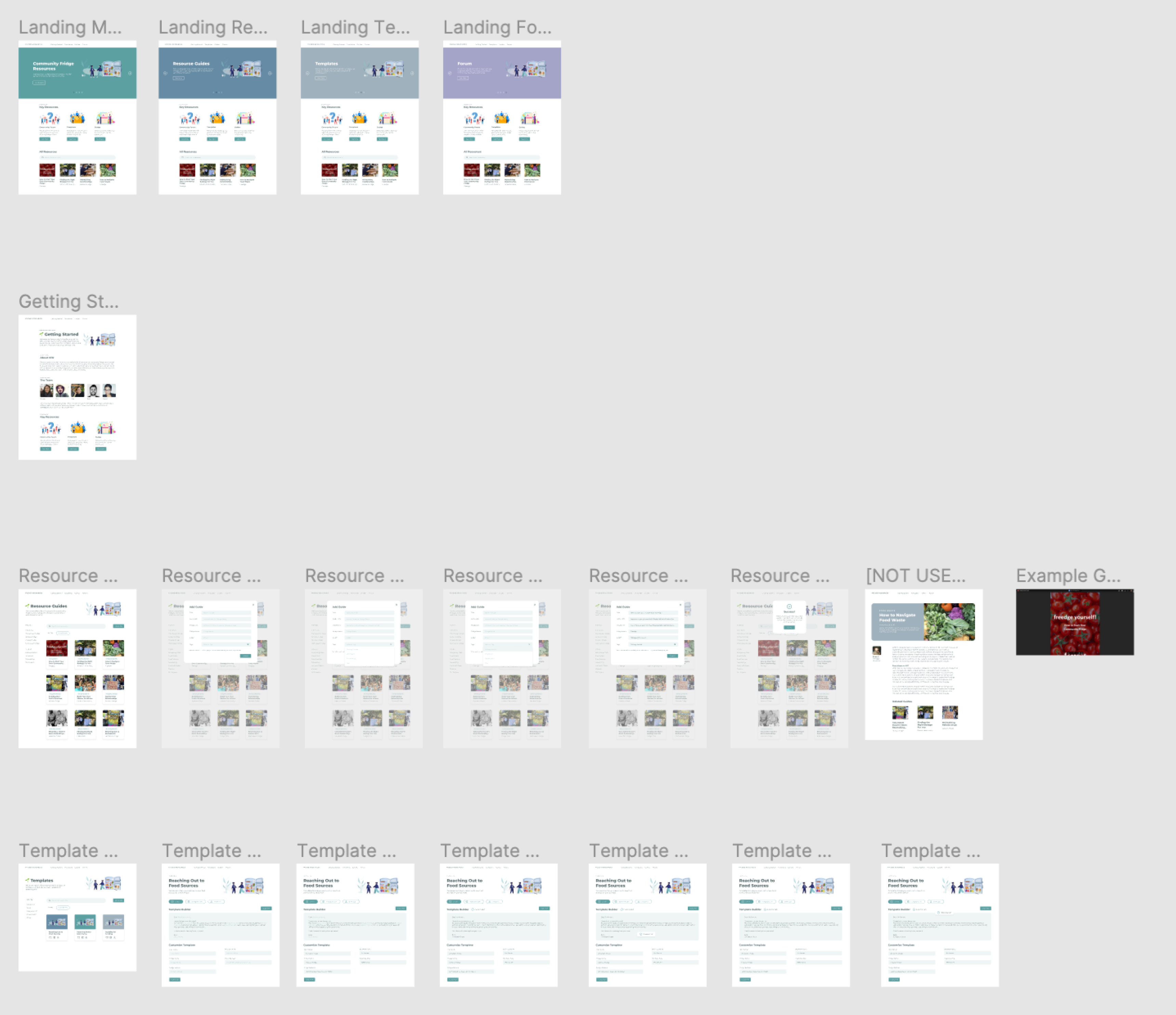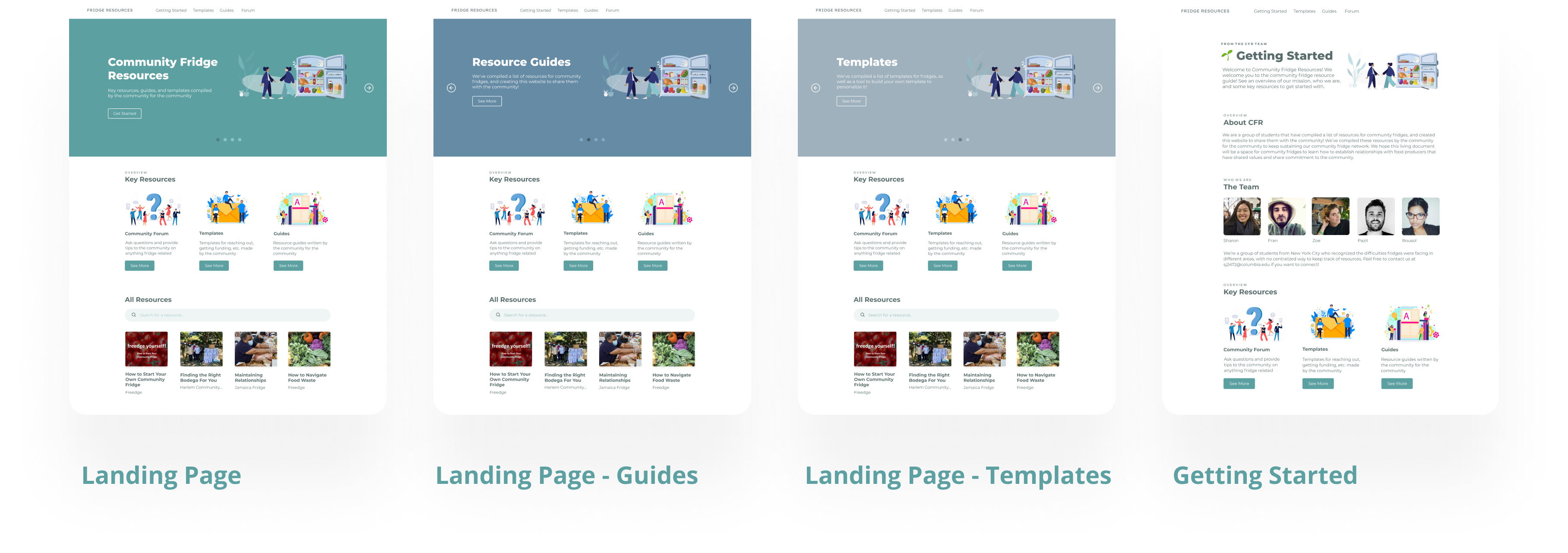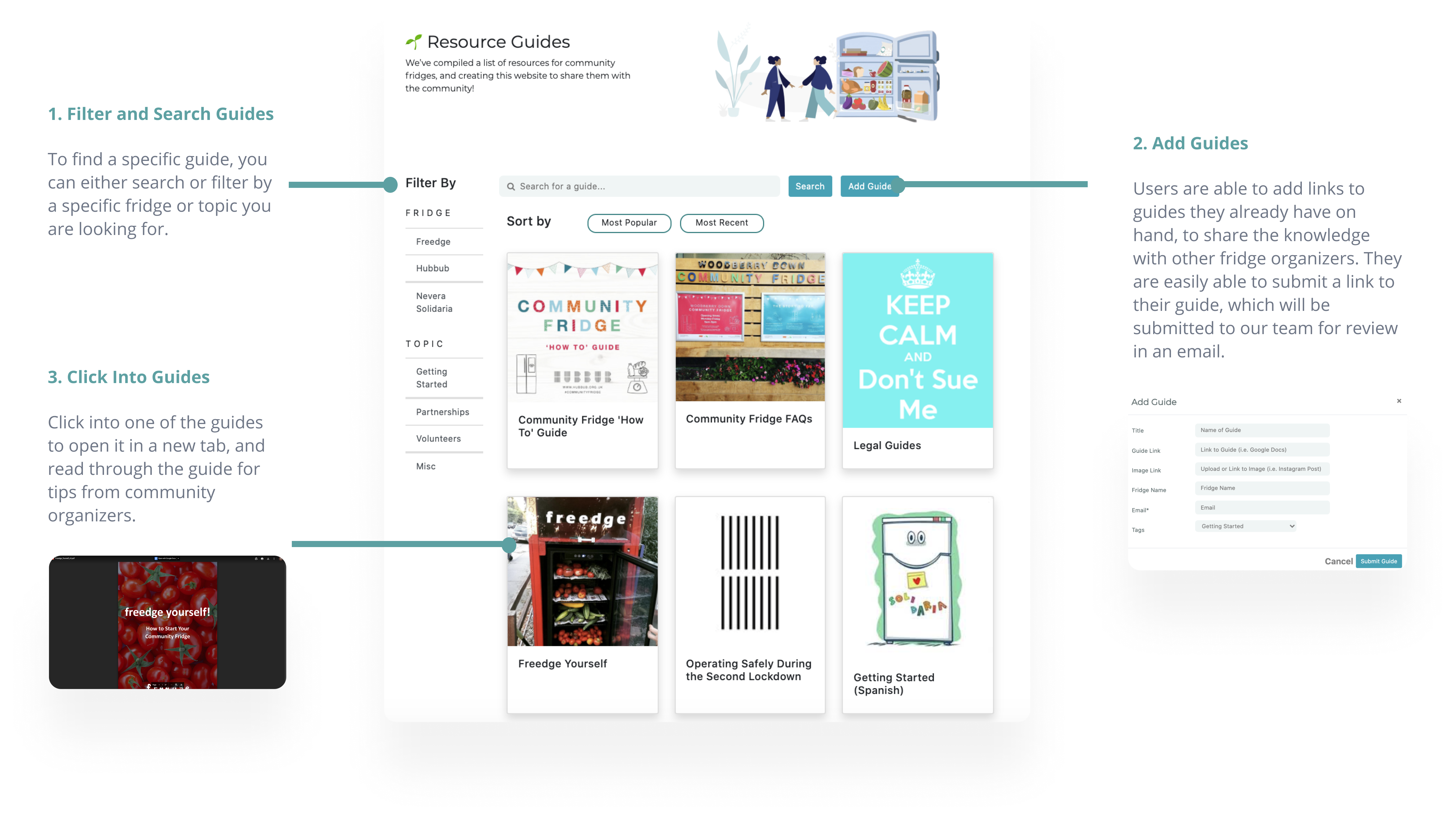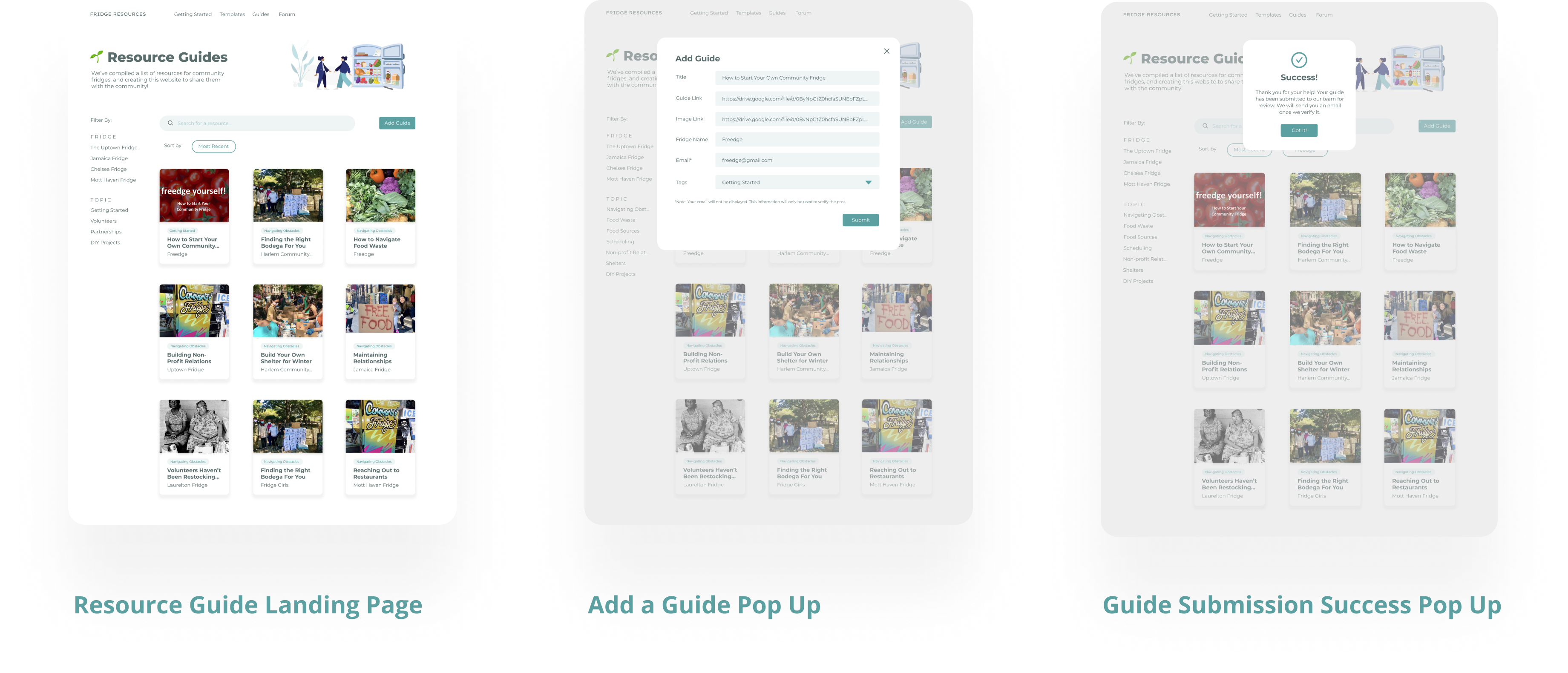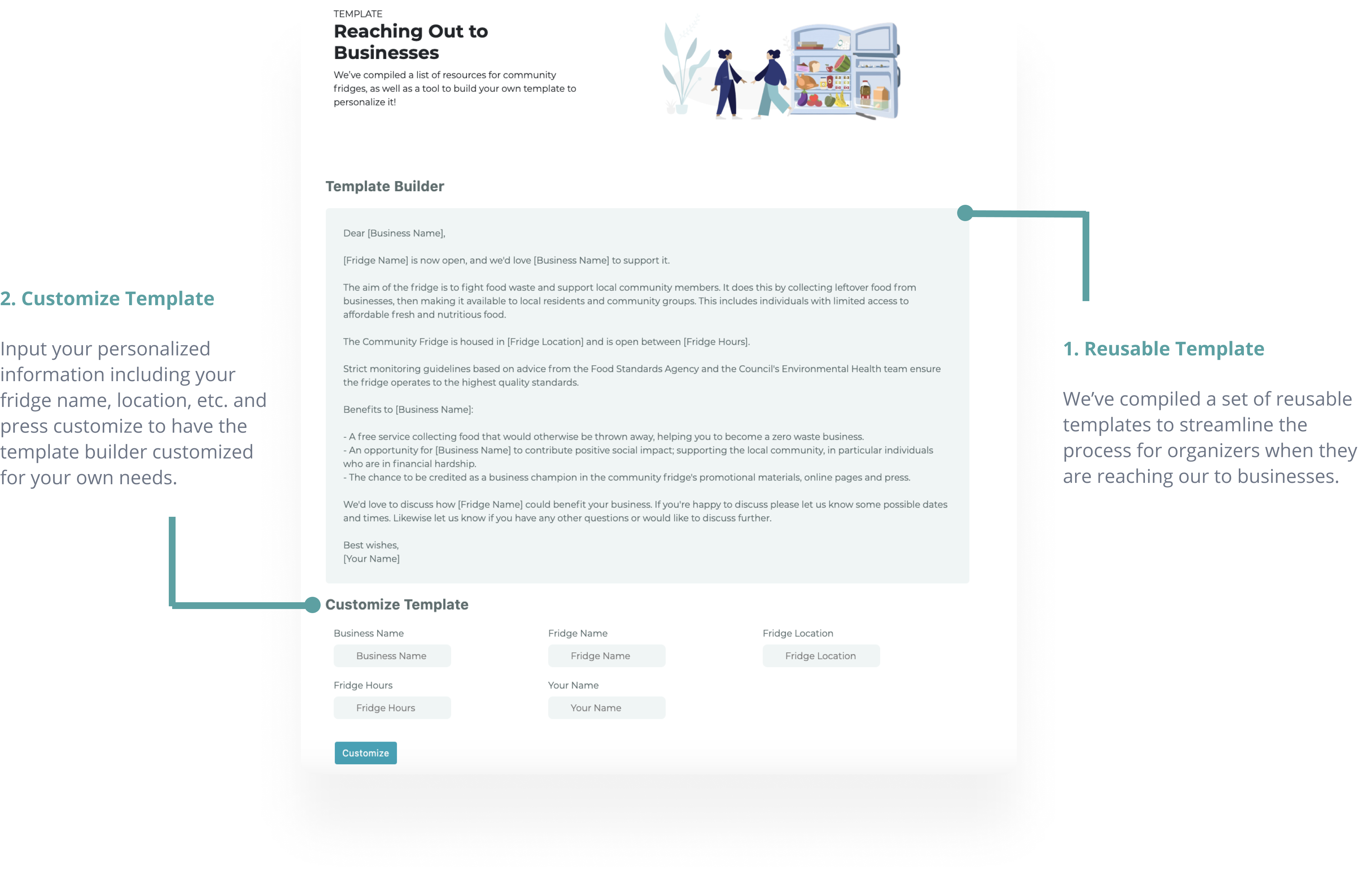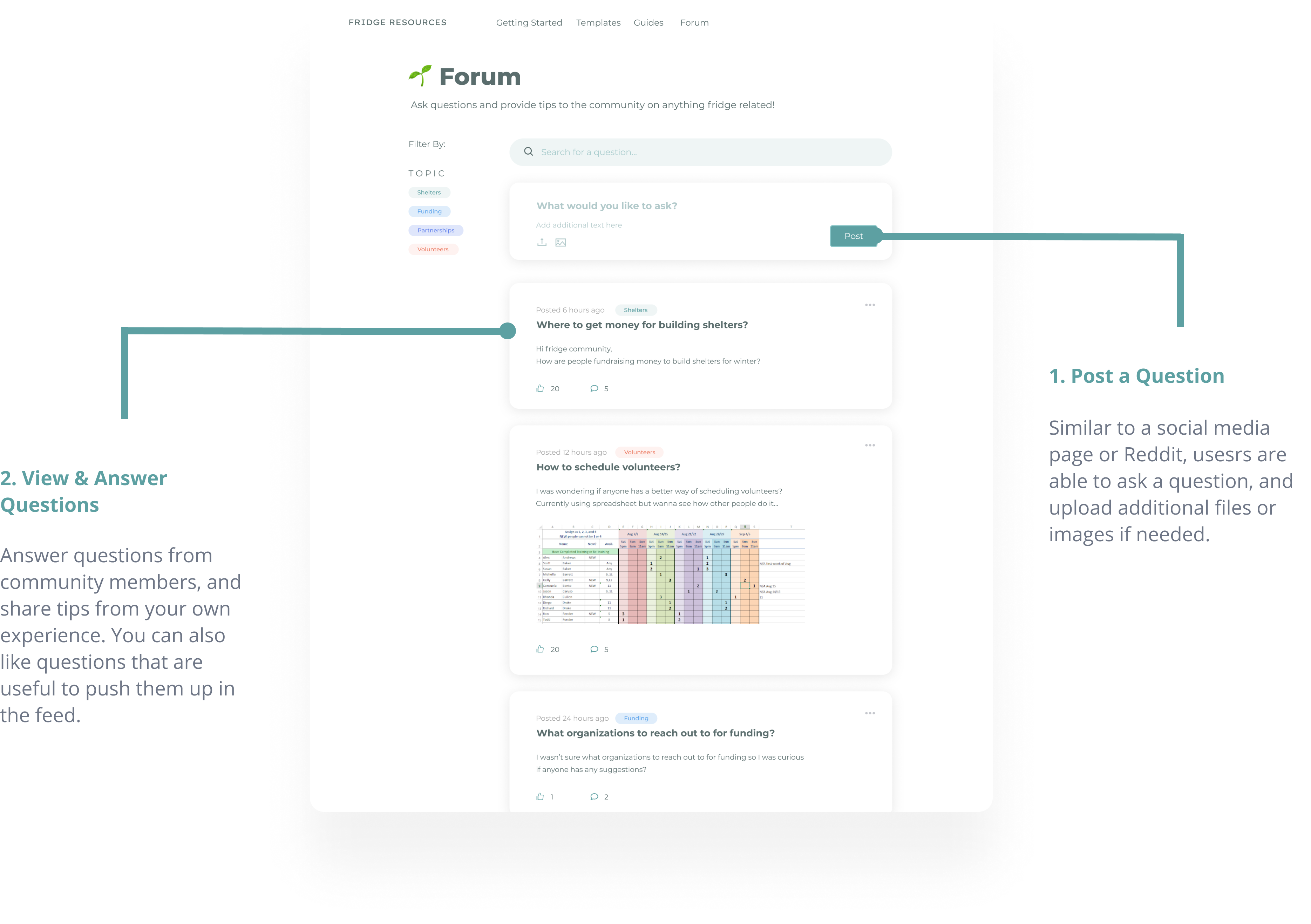Reflecting
PIT Design Process Reflection
Since different community organizers had different needs, it was
difficult to make decisions that wouldn’t meet every organizer’s
needs. We ultimately decided to choose a solution that would be most
inclusive and accessible for our users.
As we went through the design process, different community
organizers were drawn to different solutions. We realized that our
prototype was not going to be able to accommodate everyone’s needs
equally or solve every need that we found. Instead, we had to decide
which subset of the user group we wanted to have an impact on in
order to focus our solution on their needs. Even though some
organizers preferred other solutions, almost all expressed worry
about the ‘buy-in’ of downloading another app. As such, we decided
to focus on the living resource guide over the scheduling app, as
this seemed to be the most open and inclusive solution. Furthermore,
we wanted to consistently keep in mind what technology our users
would use, since public interest technology should first and
foremost be accessible to our users.
Our ultimate goal of public interest technology was promoting social
good by supporting community fridges, so we wanted to always make
sure our interests were aligned with their needs. In particular, we
consistently considered how to balance the organizers’ desires for a
decentralized system and creating a more standardized system for
resource sharing.
Taking a user-centered approach to our design allowed for us to
engage with the target audience early on and throughout the process.
This led us to have a more impactful design process and a better
understanding of the pain points within the community fridge
networks. There were also unique considerations our organizers
brought up in our interviews with them that we had not previously
considered. For example, our design needed to align with the
mutual-aid framework of community fridges and work within their
decentralized system. Rather than designing based on our limited
knowledge, user centered design allowed us to ensure our final
product was aligned with our communities goals.
While it was challenging at times, we learned the value in sitting
with our problem space rather than jumping to solutions by following
the design process.double diamond.
The Double diamond design process created a structure that allowed
us to anticipate what was coming next, yet at some points we found
it challenging to not move ahead. When the team was trying to
conduct interviews to identify problems, we were also thinking ahead
and taking suggestions for solutions when we should have remained
focused on the “define” stage, rather than ideation. In order to
remain within the structure, we had to be intentional to not jump
ahead before we fully explored and defined the problem.
A question that came up throughout the process and we advise
technologists in public interest technology to consider is around
commitment and longevity of involvement with the product and the
community.
-
In what ways are you considering reciprocation in terms of your
user's time and efforts?
- How do we ensure it stays relevant to the community?
- How do we maintain the product after the initial handoff?
-
What will your commitment be to the community and the technology
you design?
